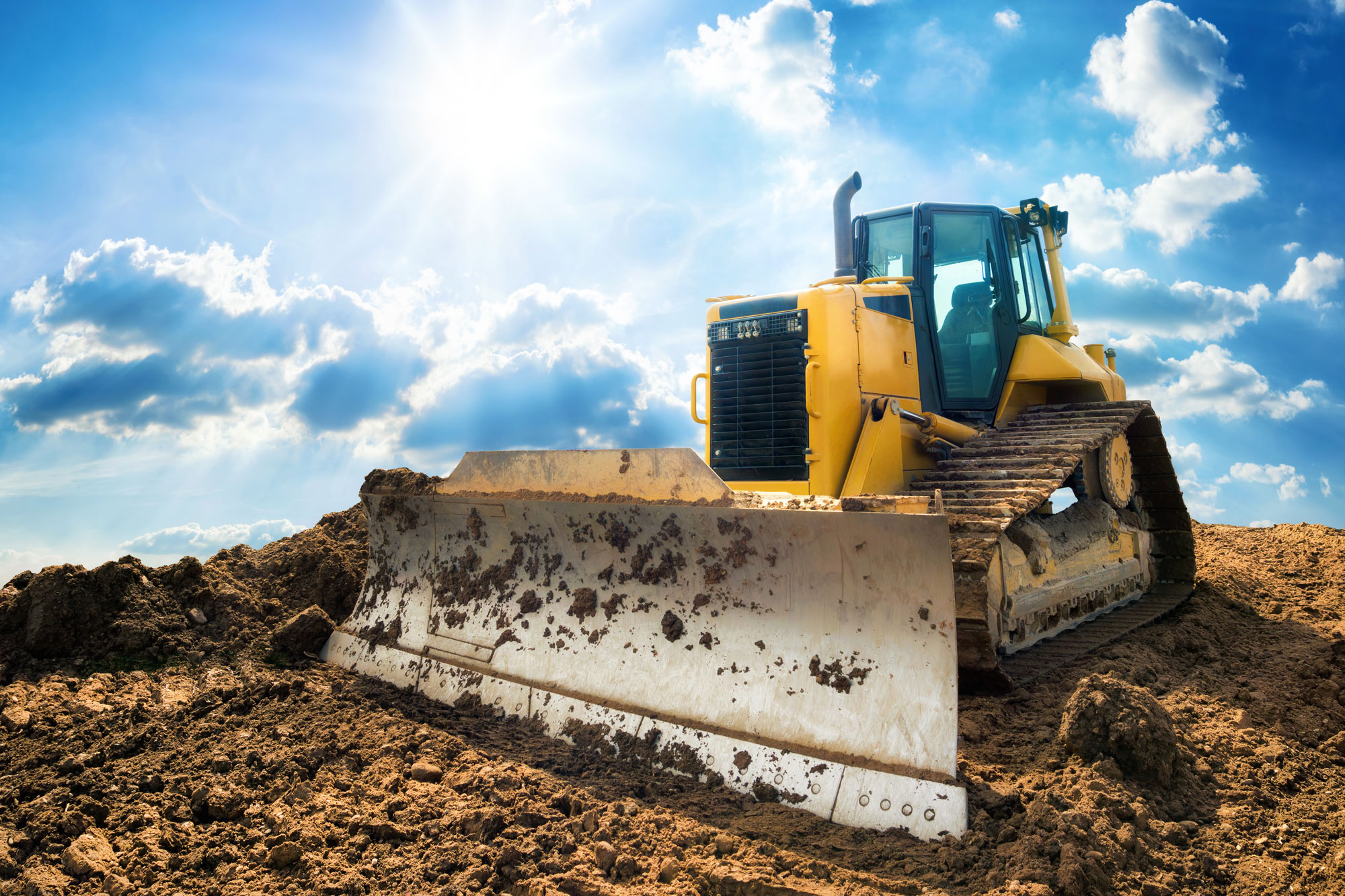Standard safe operating practices for bulldozer operators

Personal Protective Equipment
- Hard hats and high-visibility clothing are to be worn when not inside the cab.
- Safety boots in good condition, properly laced, must be worn at all times. Worn-out soles and heels could lead to slips and falls.
- Eye protection will be worn where there is a danger of falling or flying debris from equipment or loads, especially in windy conditions.
- Hand protection will be worn when handling cable or any other material where there is a danger of cuts or puncture injury.
- Hearing protection will be worn when exposed to noise levels exceeding 85dBA.
Inspection & Repair
- bulldozers will be inspected prior to use to ensure good mechanical condition.
- When working under or around bulldozers, for inspections or repairs, the bulldozer must be locked and tagged out, and immobilized and secured against inadvertent movement.
Travelling & Parking
- proper gear selection must be used to maintain control. Drive according to terrain conditions.
- the bulldozer must be parked on level ground, clear of hazards, to allow ease of access.
- three-point contact will be used to mount and dismount equipment.
- cabs, steps and mirrors must be kept clean at all times. All debris should be removed.
Danger Zone
- A danger zone is defined as the area around operating machines or working personnel, in which there is potential for being struck by moving equipment or objects.
- The danger zone may vary according to the machine or work being performed.
- Operators must make sure that all persons, vehicles, and equipment are clear of the danger zone before the vehicle or its components are moved.
Lockout
- Lockout procedures must be followed during mechanical service, repairs, or inspection to protect employees and equipment.
- Refer to the company and manufacturer’s procedures on lockout.
- Communications while assisting in mechanical repairs – When operators are assisting mechanics in repairing machines, clear communications must be established prior to starting the tasks. The operator and the mechanic must each know who will be responsible for:
- Starting or moving a machine
- Ensuring that anyone involved is in a clear and safe position
- Directing the movement of the machine
-
Ensuring that it is safe to resume working and that all guards are in place.
- The operator must clearly understand what is to be done and follow the specific lockout instructions and instructions given by the mechanic responsible for performing the job.
Fueling
- Shut off the engine while fuelling. No smoking. Be aware of slip and trip hazards.
- Beware of spills and splash-back. Return hose to its proper storage position when fuelling is completed.
Hazardous Materials
- Read WHMIS label. If there is no label, contact the supervisor. Refer to MSDS if further information is needed.
- Use protective equipment and follow safe handling instructions as outlined on WHMIS label.
- If an incident occurs, follow first aid instructions.
- Use proper storage procedures.
Bulldozing
- While operating on travelled roads, keep right, especially on corners and hills.
- When pushing out a road, avoid pushing debris, for example stumps, trees, rocks and dirt, into standing timber. Do not create hang-ups. Lower chicots and hung-up frees as they are encountered along roadways.
- Brush piles will be leveled so that harvesting equipment does not get hung up in them.
- Roads will be made to proper width, with sufficient turnarounds and turnouts.
- Road will be kept free of hazards, for example, stumps, rocks and debris.
- Keep well back from other working equipment when they are cutting roadways.
Winching
- Prior to winching, ensure the cable is in safe condition and the hook-up is secure.
- Brakes will be applied and the blade will be lowered onto the ground during winching.
- Winch only at the proper speed that the machine being winched is able to move. Winch in a straight line, not on angle.
Moving Trailers
- Prior to hooking or unhooking any trailer, ensure the trailer is properly blocked (chocked).
- Operators will be assisted in hooking up trailers.
- While hooking or unhooking a trailer, ensure all personnel are clear of the area between the trailer and the bulldozer. While being assisted, ensure communications and directions are clear and understood before moving your machine.
- Travel at proper speeds when pulling trailers.
- Ensure that your bulldozer is capable of controlling the equipment/trailer being moved.
- If moving a fuel trailer, ensure that it is hooked to a drawbar rather than on a winch.
Blowdown
- Road construction – if a road is required through a blowdown area, care should be exercised with the dozer to avoid springpole and spear hazards.
- When required to establish access to a cutting face, try to minimize disturbance of the blowdown.
- By signing below, both parties agree that all of the above items have been discussed and understood.

